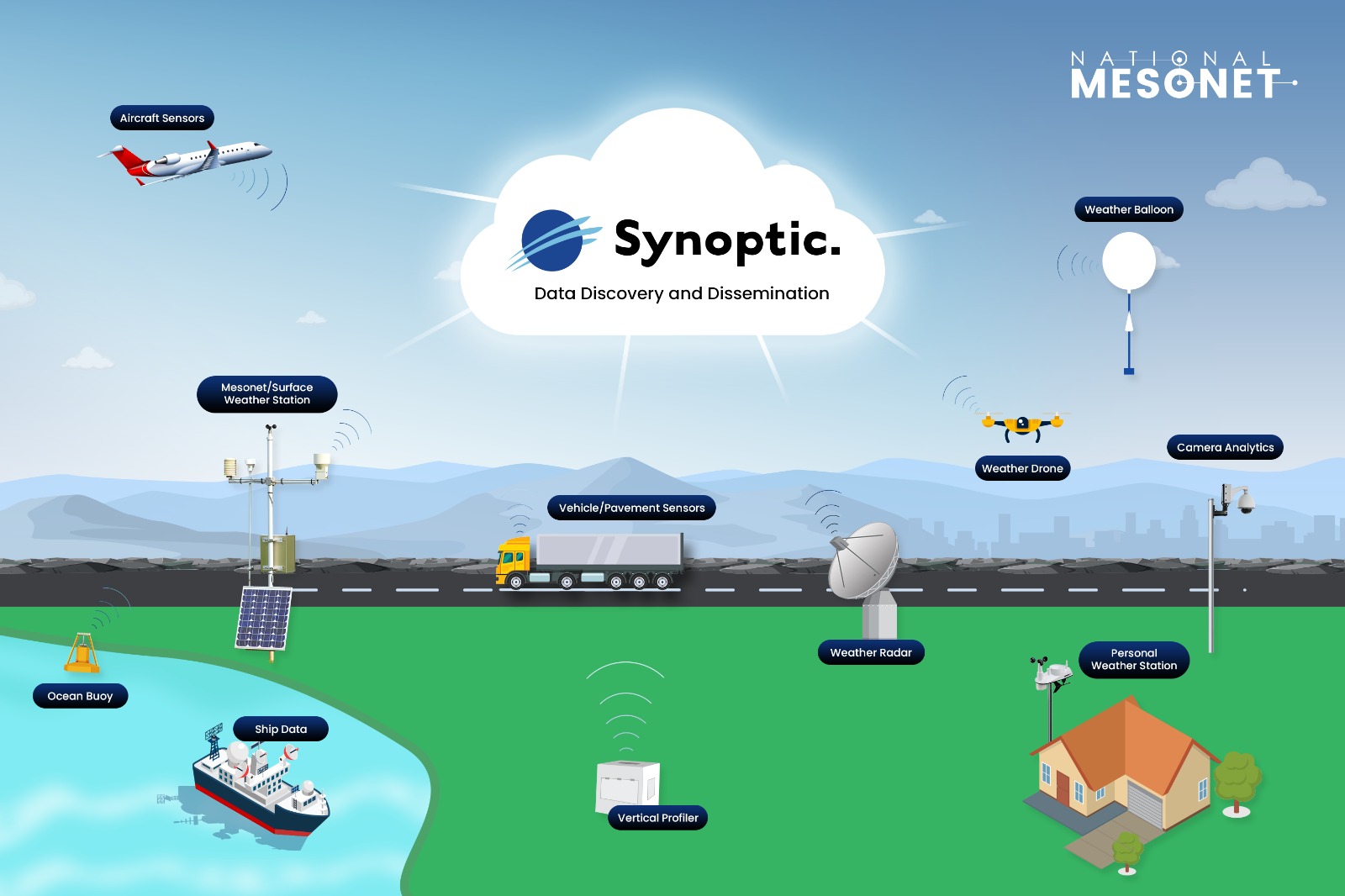Strengthening NOAA’s Observational Capabilities
The National Weather Service (NWS) Commercial Data Program is a critical initiative within the NWS Office of Observations, designed to procure non-space-based weather data from commercial providers. This broad program integrates a diverse range of observation networks, including the National Mesonet Program (NMP) and Aircraft-Based Observations. Through partnerships with private-sector providers, the program expands NOAA’s access to high-quality weather observations, improving forecasting accuracy and situational awareness.
Unlike the Commercial Weather Data Pilot at the National Environmental Satellite, Data, and Information Service (NESDIS)—which is limited to satellite-based data—the NWS Commercial Data Program incorporates multiple observation types, breaking down traditional data silos. The anticipated reauthorization of the Weather Research and Forecasting Innovation Act (Weather Act) will further solidify the program’s role in supporting NOAA’s mission to protect lives, property, and the economy.
The National Mesonet Program: A Key Component
A cornerstone of the NWS Commercial Data Program is the National Mesonet Program (NMP), the largest commercial data acquisition program for surface, upper air, and ocean weather observations. The NMP collects real-time weather data from thousands of academic and private sensor networks, enhancing NOAA’s ability to track severe weather, refine numerical models, and issue life-saving forecasts.
As the lead subcontractor for the NMP, Synoptic plays a central role in aggregating, validating, and delivering high-resolution, real-time data to NOAA and NWS forecasters. Synoptic’s platform integrates data from diverse sources, including state mesonets, transportation networks, and environmental monitoring systems, ensuring NOAA has the most comprehensive weather insights available.
With continued congressional support and funding, the NMP is poised for expansion, incorporating new technologies and additional observation networks. This evolution underscores the importance of public-private collaboration in advancing weather prediction and disaster preparedness.
How Commercial Data Has Improved Forecasting
Access to diverse datasets provides crucial verification and fills observational gaps, particularly during severe weather events. A prime example is Hurricane Helene in September 2024. During the storm, the Georgia Automated Environmental Monitoring Network recorded surface pressure and wind gusts of 92 mph, enabling forecasters to validate local conditions and issue precise warnings. Similarly, the North Carolina EcoNet reported wind gusts of 106 mph, one of the highest recorded by any network—federal or non-federal—during the event.
As Hurricane Helene moved inland, federally-owned ASOS stations went offline across the Florida Panhandle and into the Carolinas, cutting off critical observational data. State mesonets stepped in to fill these coverage gaps, providing real-time measurements that helped forecasters track the storm and protect communities.
Buoy data also played a pivotal role, delivering real-time observations directly into NOAA’s AWIPS platform, ensuring forecasters had immediate access to ocean-based wind and pressure readings as the storm intensified.
From state mesonets to buoy and upper-air data, these networks—all part of the NMP—deliver the high-resolution, real-time observations necessary to anticipate storm impact, enhance forecasting, and uphold NOAA’s core mission: protecting lives, property, and the economy.
Six Key Benefits of the NWS Commercial Data Program and Synoptic’s Participation
The NWS Commercial Data Program, along with the NMP, provides significant advantages to NOAA and the NWS:
1. Enhanced Real-Time Monitoring
By incorporating diverse weather observations, NOAA can monitor conditions before, during, and after storms, improving situational awareness and emergency response.
2. Seamless Data Access through a Unified Platform
Synoptic’s Weather API consolidates data from multiple sources into a single, easily accessible platform, reducing complexity and improving efficiency.
3. Higher-Quality Observations with Rigorous Validation
Synoptic applies advanced quality control to ensure NOAA receives reliable, validated weather data, enhancing forecasting accuracy.
4. Scalable Solutions to Meet Expanding Data Needs
As NOAA’s demand for high-resolution weather data grows, the NWS Commercial Data Program enables scalable solutions through private-sector innovation.
5. Increased Data Density and Reliability
By integrating observations from both public and private networks, the program improves data density, leading to more precise weather models and early-warning capabilities.
6. Advancing Public-Private Partnerships
The program leverages private sector advancements in data collection and aggregation, expanding NOAA’s observational reach and access to innovative observational networks without additional infrastructure costs.
Driving the Future of Weather Intelligence
Through the NMP and other initiatives, the NWS Commercial Data Program is transforming how NOAA accesses and utilizes weather data. By partnering with private sector companies, such as Synoptic, NOAA benefits from a reliable, high-resolution observational network of networks that supports more accurate forecasting and faster response to severe weather.
Learn more about the NMP and how Synoptic is helping NOAA advance weather intelligence.
